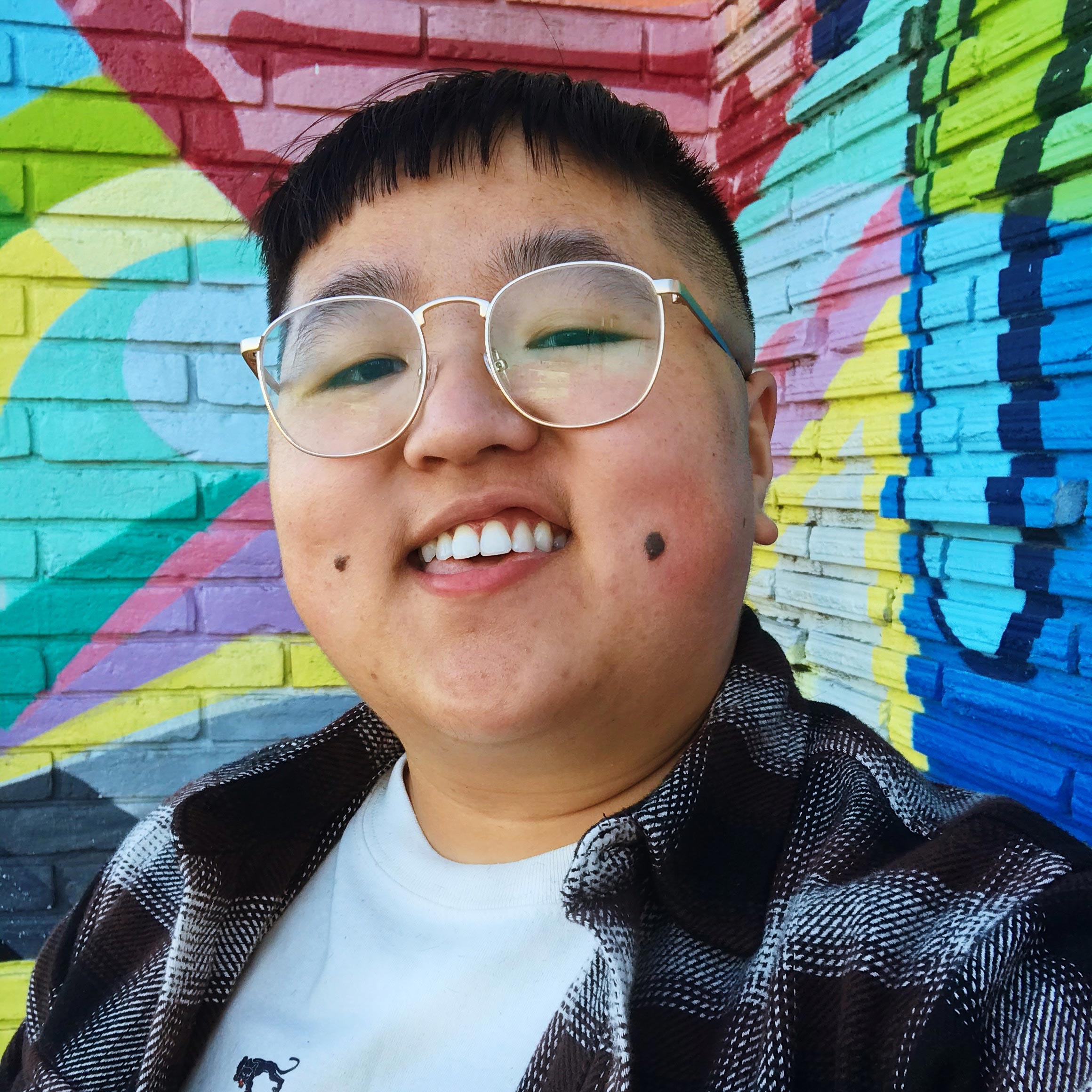Opinion
LGBTQIA+ Asian American Pacific Islanders—it’s time for authentic representation and visibility

May 23, 2022 09:30 AM
Featured Stories
How Tubi is positioning its ad products for buyers leaving traditional TV
Tubi pitches a slate of new ad formats during its NewFronts presentation, plus an app experience to imitate social and an Amazon partnership.




